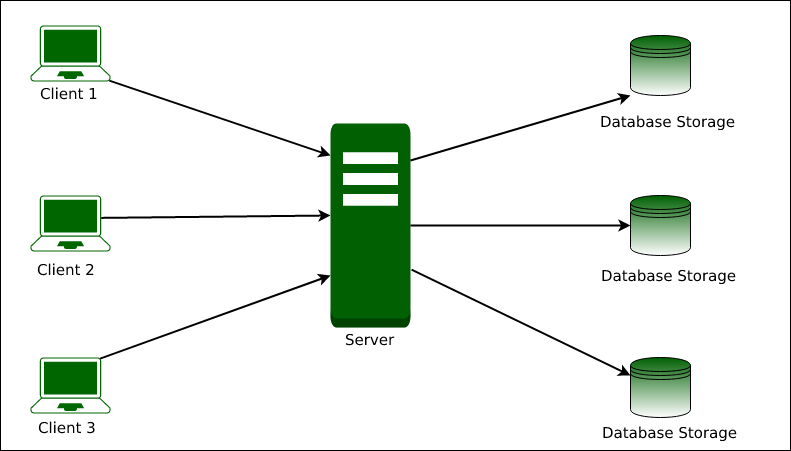Cloud computing is a popular choice among IT professionals and companies in the digital marketing industry. It allows users to access shared resources through the Internet with little to no up-front investment. Companies that offer cloud computing services typically charge clients a flat fee per month or yearly contract, but they also might offer free cloud hosting options for individuals who want to try it out before paying for a subscription plan. The downside of using cloud services is that data can easily be lost by accessing it from multiple computers simultaneously without locking down the file system in order to prevent users from interfering with one another files.
Terminologies in Cloud Computing:
- Parallel File System: The parallel file system is a system that is used to store data across multiple network servers. It provides high-performance network access through parallel coordinated input-output operations. This is a file system that allows concurrent access to data by more than one user.
- Flock: A group of processes (corresponding to a group of threads) sharing the same memory image.
- Flock semantics: The properties describe how an entity can be accessed by other processes within the flock when it is not active. In flock semantics, only one process at a time may have exclusive access to an entity and all other processes must share the same view of the entity, even if it is active or protected.

How PFS Relates to Cloud Computing:
Cloud computing gives users a lot of freedom to access the data and resources that they need on demand. However, when it comes to accessing data, it’s important that we shouldn’t lose the data from different machines at the same time. Without locking down file system access between different machines, there is a high risk of losing or corrupting important data across multiple computers at once. This can make managing files difficult because certain users may end up accessing a file while others are trying to edit it at the same time.
Example: Google File System is a cloud file system that uses a parallel file system. Google File System (GFS) is a scalable distributed file system that provides consistently high performance across tens of thousands of commodity servers. It manages huge data sets across dynamic clusters of computers using only application-level replication and auto-recovery techniques. This architecture provides high availability with no single point of failure and supports expected and/or unexpected hardware and software failures without data loss or system shutdown.
There are two main types of parallel file systems:
- Cloud-based parallel file systems.
- Traditional parallel file systems.
Advantages:
- Data integrity
- Data security
- Disaster recovery
Disadvantages:
- Low scalability
- Less performance




